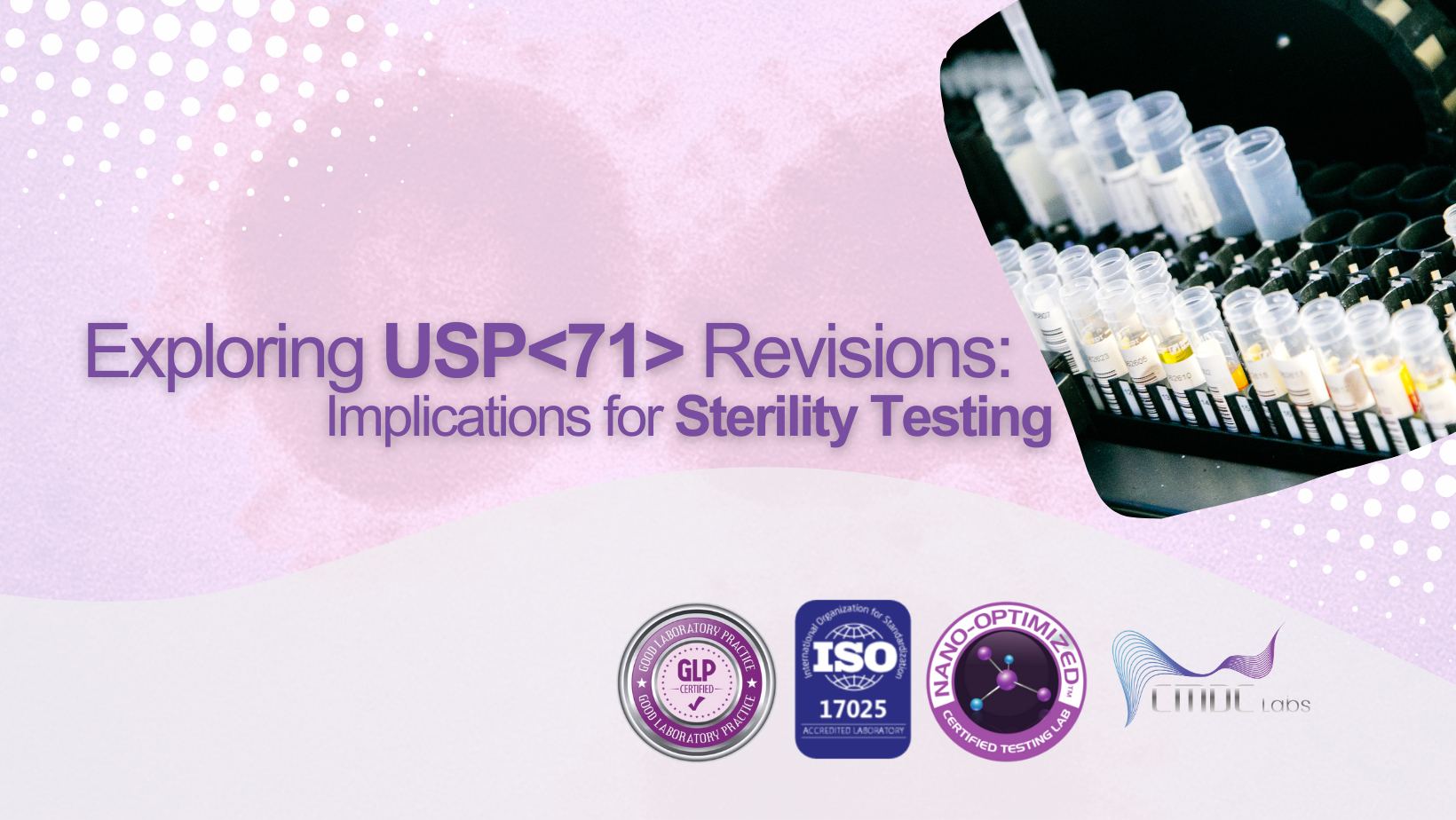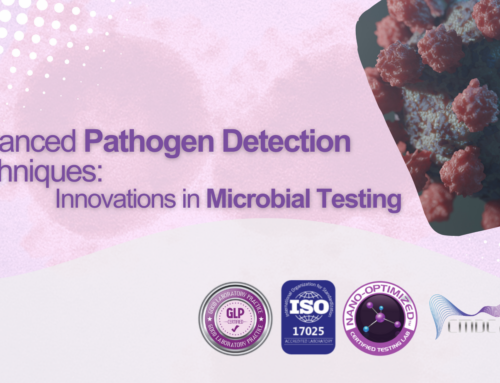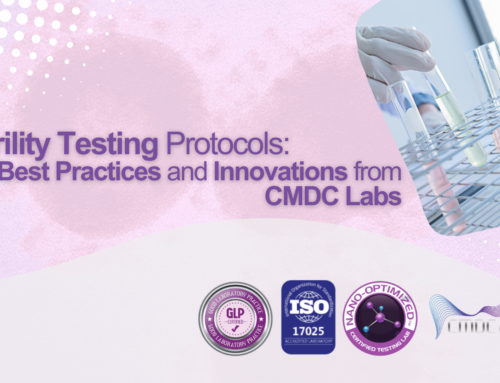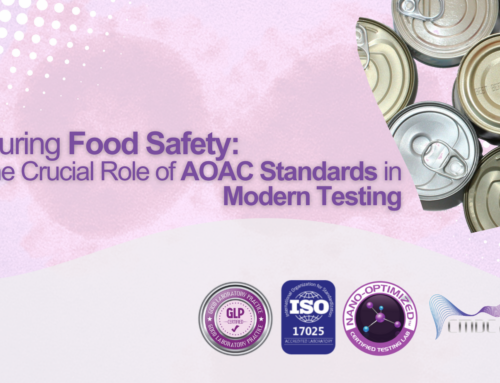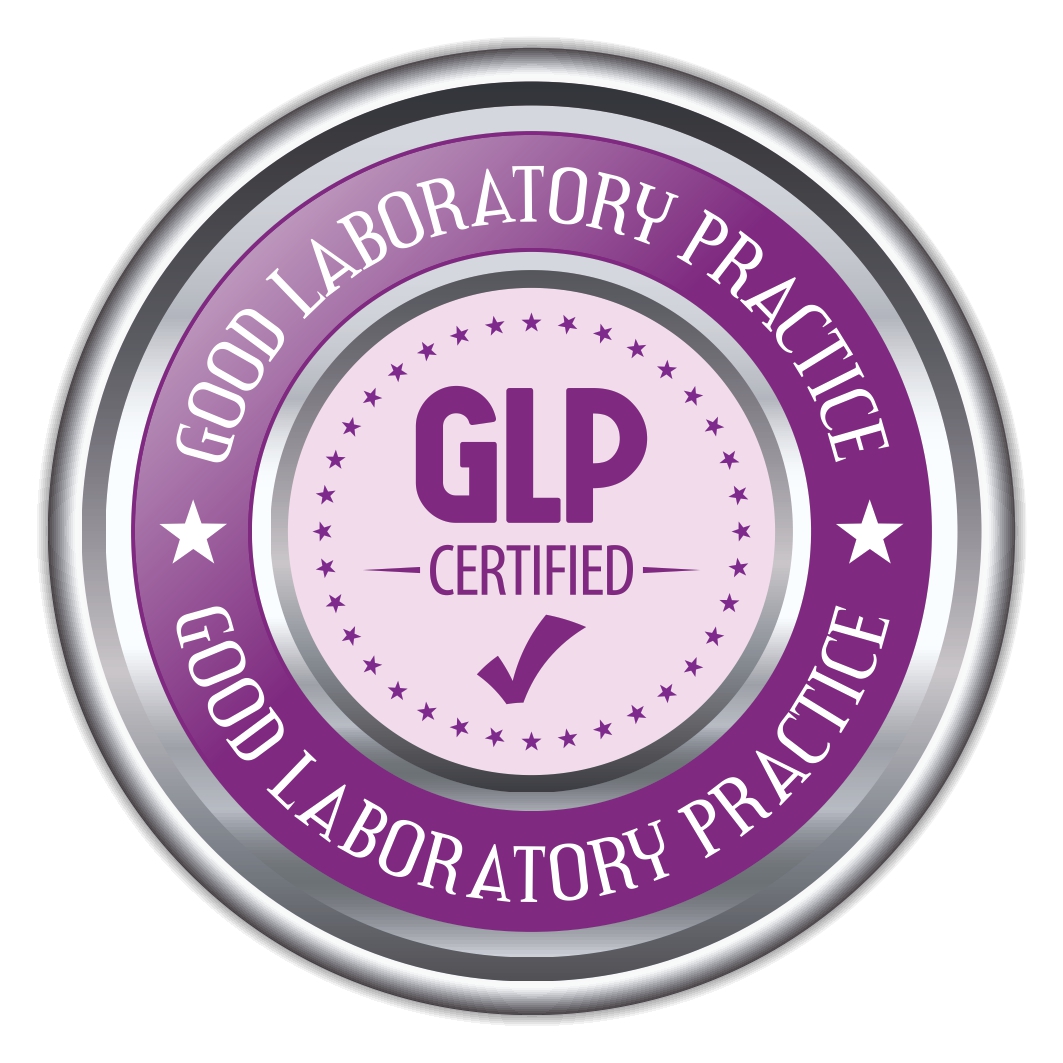In the realm of pharmaceutical and medical device manufacturing, ensuring product safety and efficacy is paramount. Central to this assurance is sterility testing, a critical process mandated by regulatory bodies like the United States Pharmacopeia (USP). USP<71> has long been the gold standard for sterility testing, providing guidelines for evaluating the absence of viable microorganisms. Recently, USP<71> underwent revisions, ushering in changes that impact industry practices and regulatory compliance. In this article, we delve into the implications of these revisions for sterility testing.
Understanding USP<71>:
USP<71> outlines the procedures for testing the sterility of pharmaceutical products, medical devices, and components. It primarily involves inoculating test samples into culture media and incubating them to detect microbial growth. The absence of such growth indicates sterility. This standard has served as the cornerstone of sterility testing for decades, ensuring product safety and compliance with regulatory requirements.
Implications of Revisions:
The revisions to USP<71> aim to enhance the accuracy, reliability, and efficiency of sterility testing processes. One significant change involves the introduction of alternative methods for detecting microbial contamination. These methods, such as rapid microbiological techniques and molecular assays, offer advantages in terms of sensitivity, speed, and specificity compared to traditional culture-based methods.
Additionally, the revisions emphasize the importance of risk assessment and validation in sterility testing. Manufacturers are now required to conduct comprehensive risk assessments to identify potential microbial hazards throughout the product lifecycle. This proactive approach enables the implementation of appropriate control measures to mitigate risks effectively.
Furthermore, the revised USP<71> emphasizes the need for harmonization with international standards and regulatory frameworks. This alignment facilitates global consistency in sterility testing practices, benefiting both manufacturers and regulatory authorities.
Practical Considerations:
For laboratories and manufacturers involved in sterility testing, adapting to the revised USP<71> requires careful consideration and proactive measures. It necessitates staying abreast of the latest regulatory updates, conducting thorough risk assessments, and leveraging advanced technologies for enhanced detection and validation.
Conclusion:
The revisions to USP<71> represent a significant milestone in the evolution of sterility testing practices. By embracing these changes and aligning with updated guidelines, laboratories and manufacturers can strengthen their sterility testing protocols, enhance product quality and safety, and ensure compliance with regulatory requirements.

